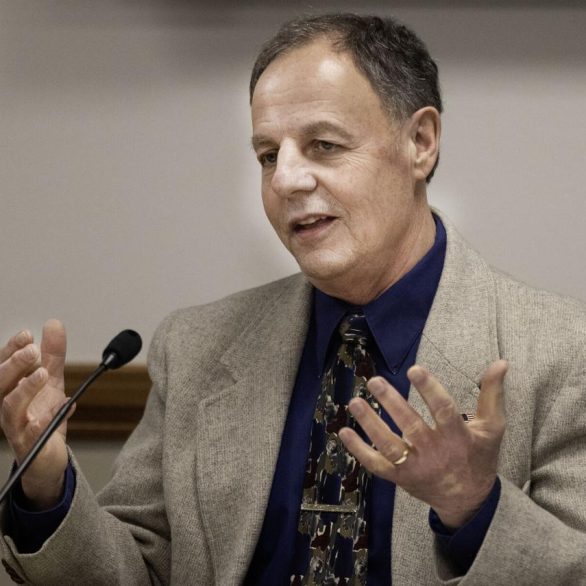
North Dakota PSC finalizes local ordinance decision; some intervenors still not convinced
North Dakota’s Public Service Commission concluded Wednesday that its authority automatically supersedes local ordinances in pipeline siting applications, a move it indicated it would make two weeks ago during a work session.
However, the decision will likely face challenges if the pipeline it is related to ultimately gets approved.
The issue has come up in the siting application for Summit Carbon Solutions’ planned multistate 2,000-mile carbon dioxide pipeline that has prompted pushback from some counties and townships along its proposed route.
Summit’s Midwest Carbon Express pipeline would capture CO2 emissions from 51 ethanol plants across five Midwestern states with an intended underground storage site in western North Dakota.
In September the PSC voted 2-1 to grant Summit a petition for reconsideration after the regulators in August had rejected the company’s initial proposed 320-mile route through North Dakota. The PSC cited several reasons for the rejection including that Summit had not adequately addressed sensitive geological areas and landowner concerns.
Burleigh and Emmons counties last year placed restrictions on pipelines carrying hazardous materials within their borders, in response to Summit’s project. The company sought to have the PSC declare these ordinances preempted and superseded by state authority.
At the time of the application rejection, the PSC declared the local ordinance question moot. Summit made the request again when it was granted reconsideration, and the PSC heard arguments from both the company and intervenors in the case at a hearing in December.
At the work session in January, Commission Chair Randy Christmann pointed to Senate Bill 2038 passed by the 2019 Legislature, in which the word “may” was removed from the language regarding the PSC’s authority relative to localities in pipeline siting decisions.
The law governing the relation between state and local authority on siting compatibility for energy conversion and transmission infrastructure has five subdivisions. The mentioned language change was in subdivision b. Christmann said the only exception to this could be regarding road use agreements laid out in subdivision c. Subdivision a — which allows for more local input — concerns energy conversion facilities such as power plants or wind farms, not pipelines.
Subdivision d includes timelines for the PSC to notify impacted local governments about proposed pipelines and for localities to file requirements relevant to the siting law. Subdivision e requires companies to comply with local requirements in the former subdivision that “are not otherwise superseded by the commission.”
Christmann said that “d and e are really about implementation.”
On Wednesday he again brought up the changes to the law, arguing it limits the PSC’s flexibility on the issue.
“I can’t speak for why that (language change) happened; I can speculate the fact that some pipelines, this one traverses over 300 miles. Presumably every township along the way could have its own ordinances,” he said. “How would something get built if it has to be designed separately for everyone? Maybe that’s what they were thinking, I don’t know.”
Still, intervenors who responded to Tribune inquiries maintained their legal differences with the PSC. The decision could get appealed to court.
Emmons County attorney Derrick Braaten said there would likely be a response, but he does not “know when and what it will be quite yet” given that in order to preempt local ordinances, the PSC must first approve the pipeline.
“We disagree on how they’re interpreting the law. I think the legislators were pretty clear that they didn’t want to take away local control, and that’s what’s happening here,” he said.
Attorneys Brian Jorde and Steve Leibel, who represent various landowners across the proposed route, also said there will likely be a challenge. They pointed to the phrase “designated corridor” not being removed from the law the PSC references in its decision. A corridor is the broader area in which a pipeline can be placed.
Jorde and Leibel said despite being able to now apply for both a designated corridor and a route permit together, as Summit has, it does not change the designated corridor needing to be approved first.
“Think of it as the toll road — you’ve got to get through the toll, you’ve got to follow the rules and now we have nine different lanes we can choose,” Jorde said. “So here’s the entire highway — that’s the corridor — now, which lane of those are you picking, the specific one? They’re two different things; we analyze them different, and the preemption power of the (PSC) only applies to the latter, the exact route after the corridor has been greenlighted.”
Other intervenors opposing the preemption of local ordinance did not immediately respond to Tribune requests for comment.
The PSC has yet to set a date for a hearing on the pipeline application itself.
Christmann said that may take some time.
“In the last eight days we’ve had almost 2,000 pages of new material filed with this case,” he said.
